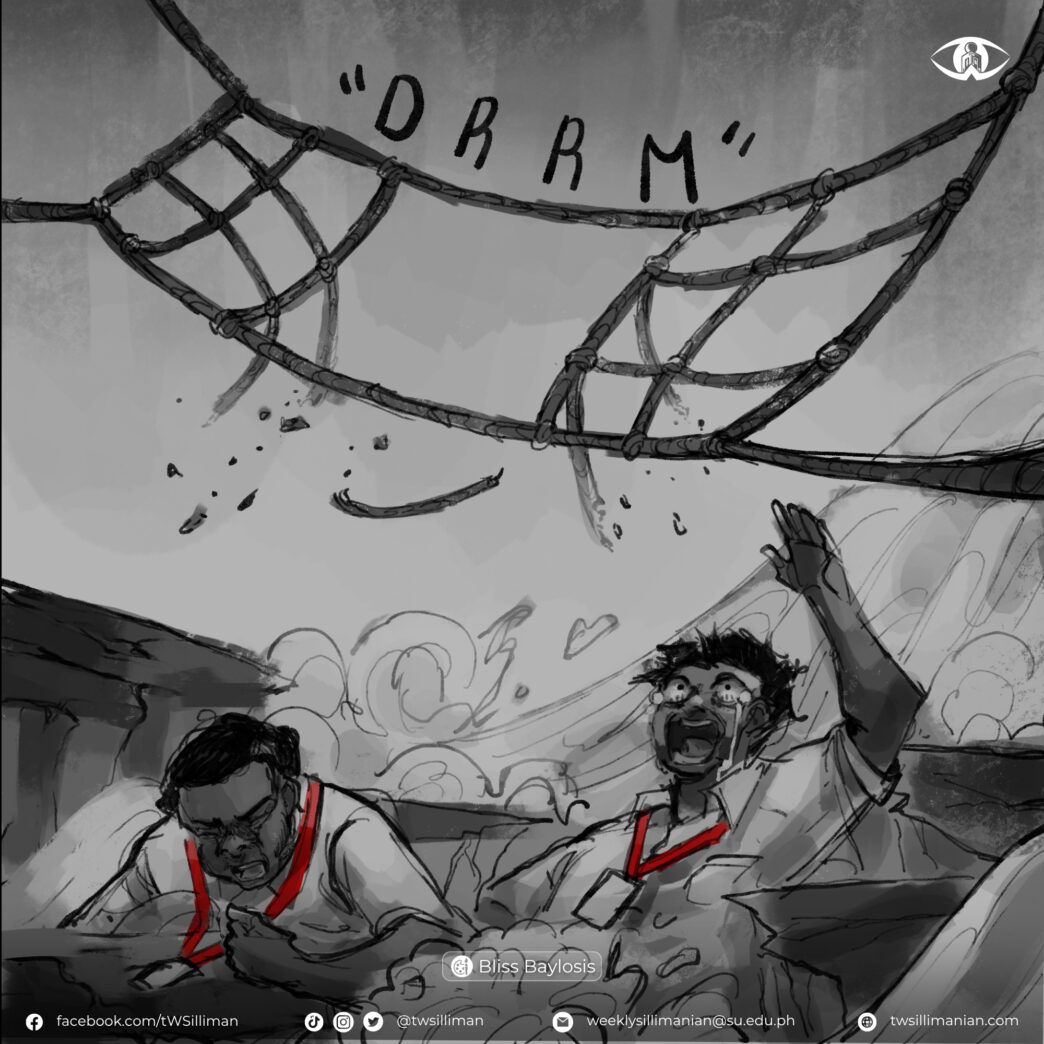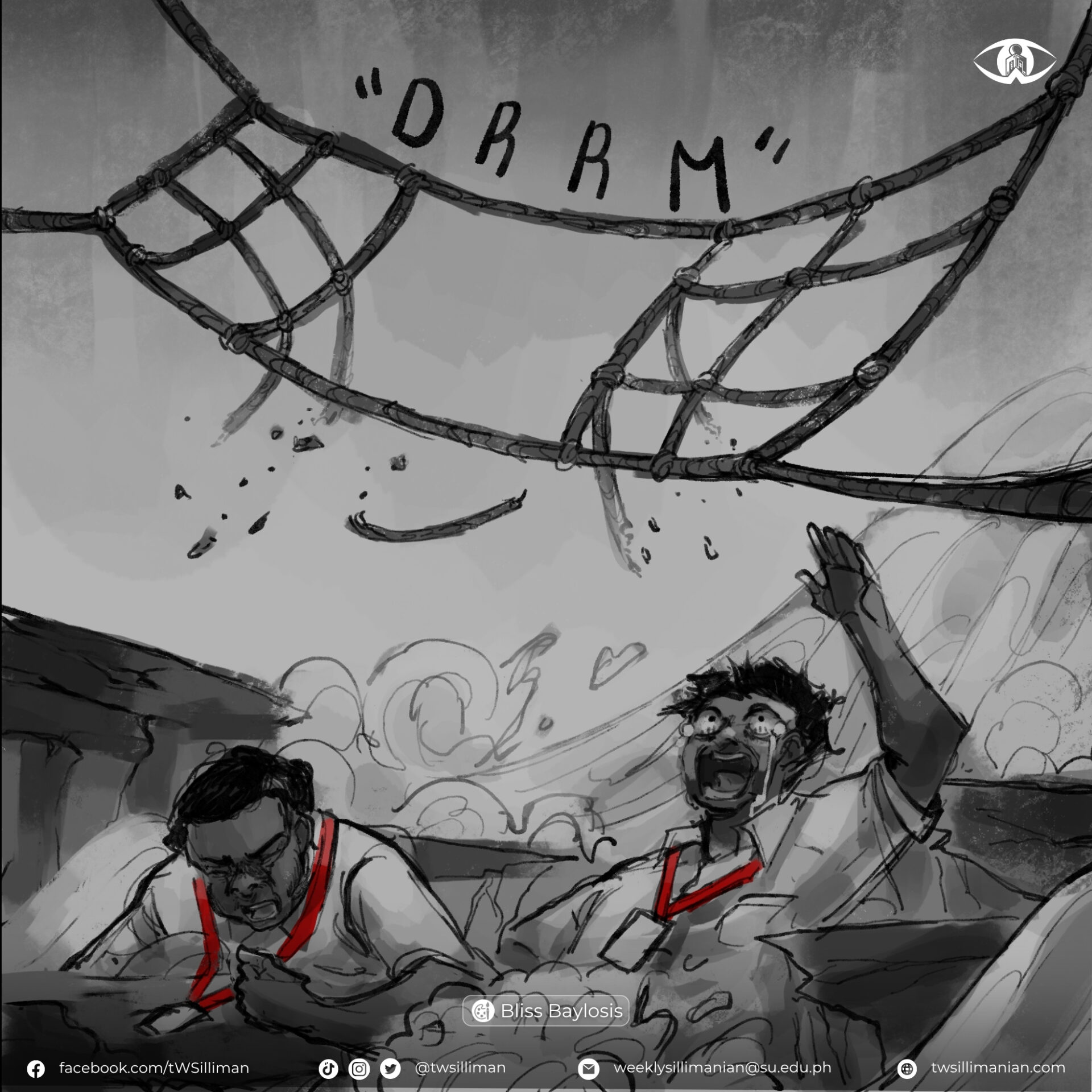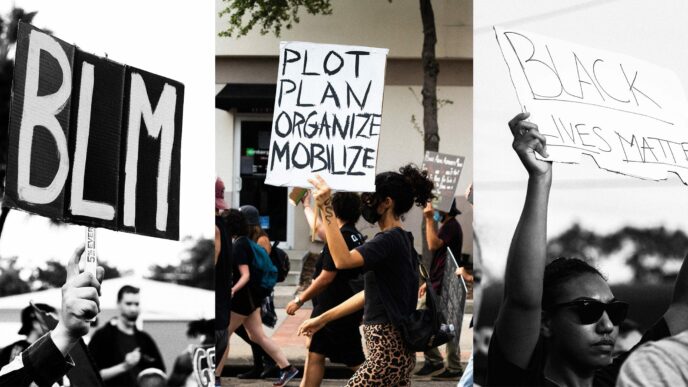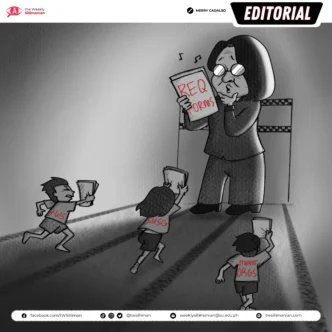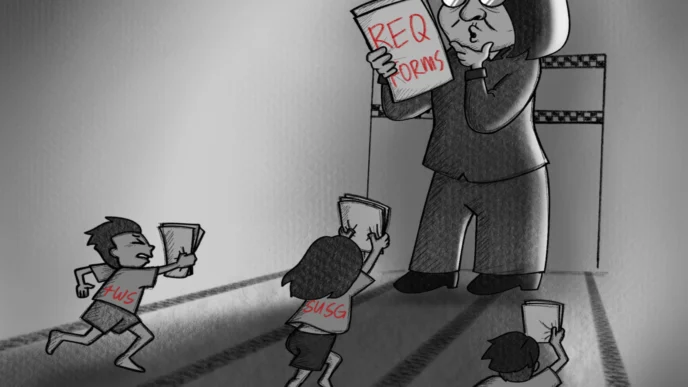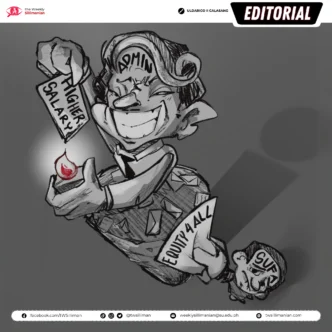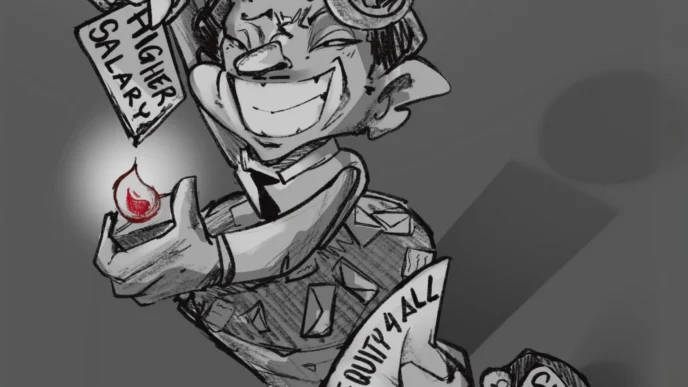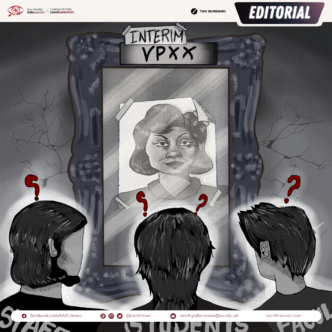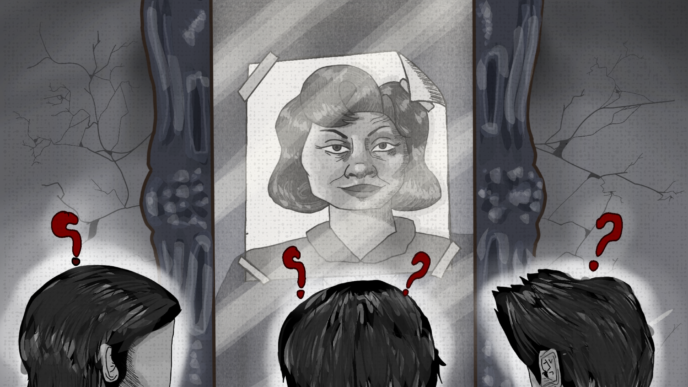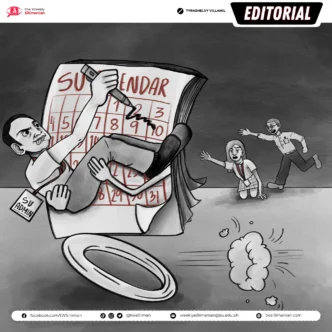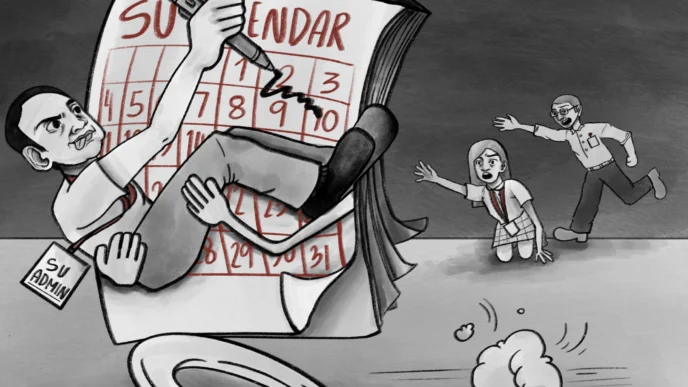Earthquakes strike without warning—but preparedness is always a choice. At Silliman University, where academic excellence meets civic responsibility, the absence of regular earthquake and fire drills for tertiary students exposes a serious gap in disaster readiness. While Senior High School students benefit from structured Disaster Risk Reduction and Management (DRRM) education and routine drills, the same practice is missing at the university level. This inconsistency undermines the institution’s image as a safe, proactive, and resilient academic community.
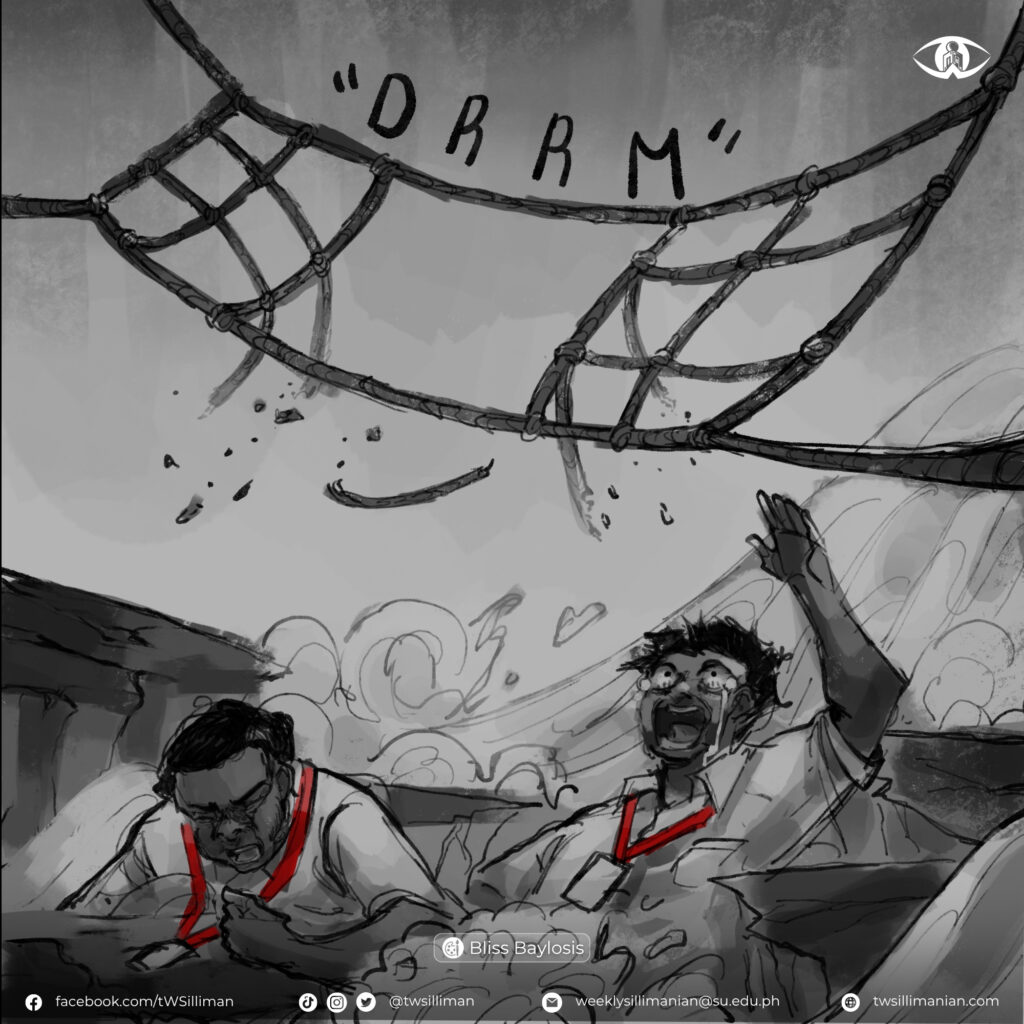
The safety divide between basic and higher education students is alarming. Senior High learners receive both theoretical and practical DRRM training—experiences that sharpen their ability to respond under pressure. In contrast, many tertiary students, faculty, and staff remain uncertain about evacuation routes, assembly points, and emergency protocols. During an earthquake, such uncertainty could cause confusion and panic—risks that could easily be mitigated through regular drills.
This lapse signals a weakness in institutional risk management. As one of the country’s leading universities, Silliman has a moral and legal duty to ensure campus-wide safety. Republic Act 10121, or the Philippine Disaster Risk Reduction and Management Act of 2010, explicitly mandates regular preparedness activities in schools. Failure to comply not only risks noncompliance with the law but also leaves the university community vulnerable to disaster.
Preparedness is not merely a requirement; it is a moral commitment. Annual drills are not box-ticking exercises but essential actions that build awareness, encourage coordination, and strengthen collective resilience. They transform policy into practice and foster a university-wide culture of safety—something no handbook or policy manual can guarantee on its own.
The call for action is not new. The 34th Silliman University Student Government (SUSG) Assembly previously passed a resolution urging the administration to institutionalize annual fire and earthquake drills in coordination with the University Safety and Security Committee and the Fire Volunteer and Rescue Team. Although endorsed and forwarded to the appropriate offices, this initiative has yet to be implemented. The delay weakens the message of campus safety and diminishes the value of student advocacy.
To be clear, Silliman University already has several strong components in place—a Crisis Prevention and Response Policy, established teams and safety offices, trained responders, and emergency equipment. However, without regular drills, these systems remain theoretical and untested. True readiness can only be proven through consistent, university-wide execution.
The Weekly Sillimanian acknowledges the university’s ongoing efforts in DRRM education, including the research and faculty training led by educators like Assistant Professor Joshua Soldivillo. Yet, these academic contributions must lead to tangible outcomes—practiced, institutionalized preparedness that reaches every member of the community.
It is time for the administration to act. Institutionalizing annual university-wide fire and earthquake drills is not merely a compliance step—it is an act of leadership, accountability, and care. Every Sillimanian deserves the confidence that comes from being prepared and protected. Safety must no longer be selective; it must be shared.
When the ground trembles, seconds matter. Let Silliman University stand not only as a center of learning but as a model of resilience—where awareness becomes action, and preparedness becomes second nature.

